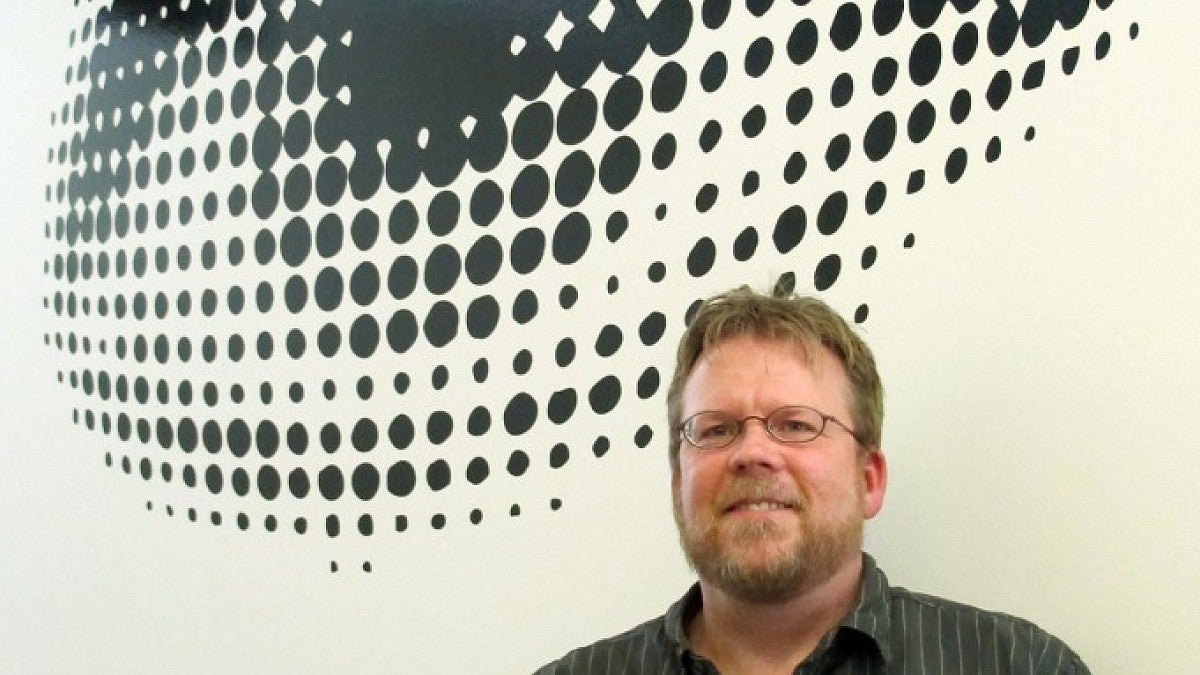If you seek out a treasure using a faulty map and the faulty compass used to make the map, you likely will get to the fortune you seek, says University of Oregon neuroscientist Paul Dassonville in describing his newly published study.
The research used neither a map nor a compass, but the analogy explains, Dassonville says, how his experiments, which used eye-tracking technology deployed in a very dark room, showed that two wrongs make a right when it comes to visual perception and motor functioning.
Dassonville and Scott A. Reed, adjunct instructor in the Department of Psychology, were the authors of a paper published in a March issue of Frontiers in Human Neuroscience.
In a test of perception, 20 students were asked to report whether a line was tilted left or right of vertical. Their performance in this simple task became skewed, however, when the line was shown within a tilted frame. A left-leaning frame caused the line to appear tilted to the right, and vice versa.
In spite of this well-known visual illusion, when subjects were asked to look at the end of the line they had no trouble making accurate eye movements, demonstrating an apparent difference in the way that perception and actions respond to the illusion. Results of the new experiments showed that accurate eye movements to the end of the line prove to be the exception, rather than the rule.
"What we found in our study," Reed said, "is that the brain relies on a shared representation of space that is used to both make perceptual judgments about the world and to guide behavior."
For details about how the findings challenge a long-held assumption, see the full news release at: Brain balances perception and action when caught in an illusion.
— By Jim Barlow, Public Affairs Communications


